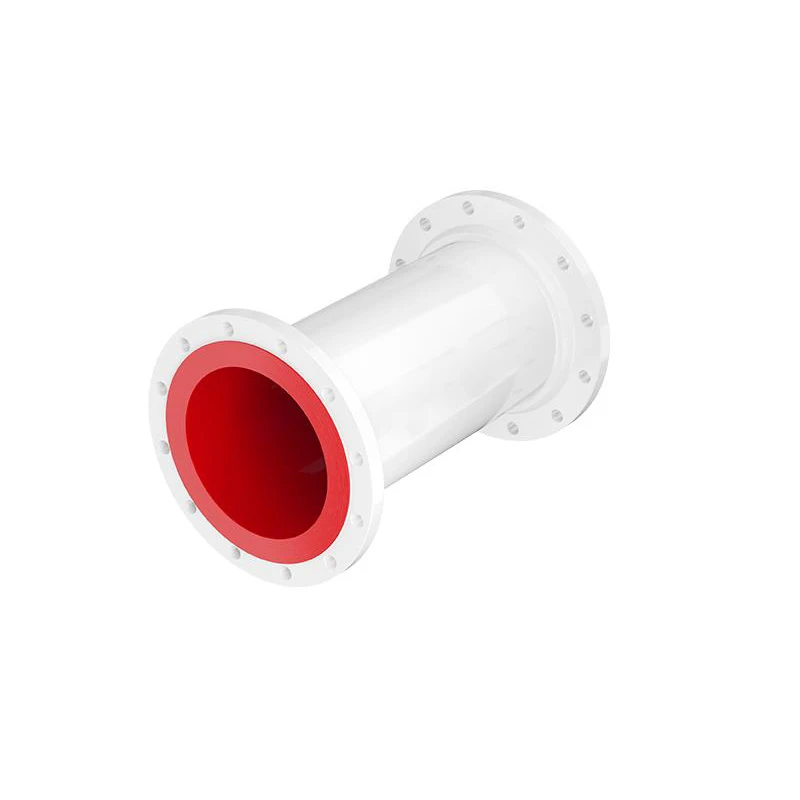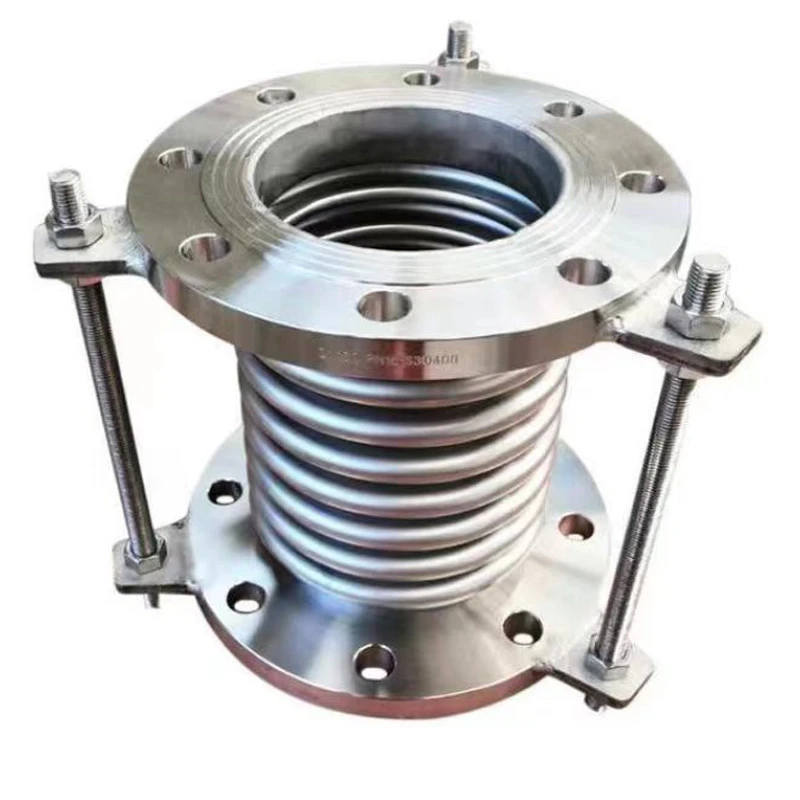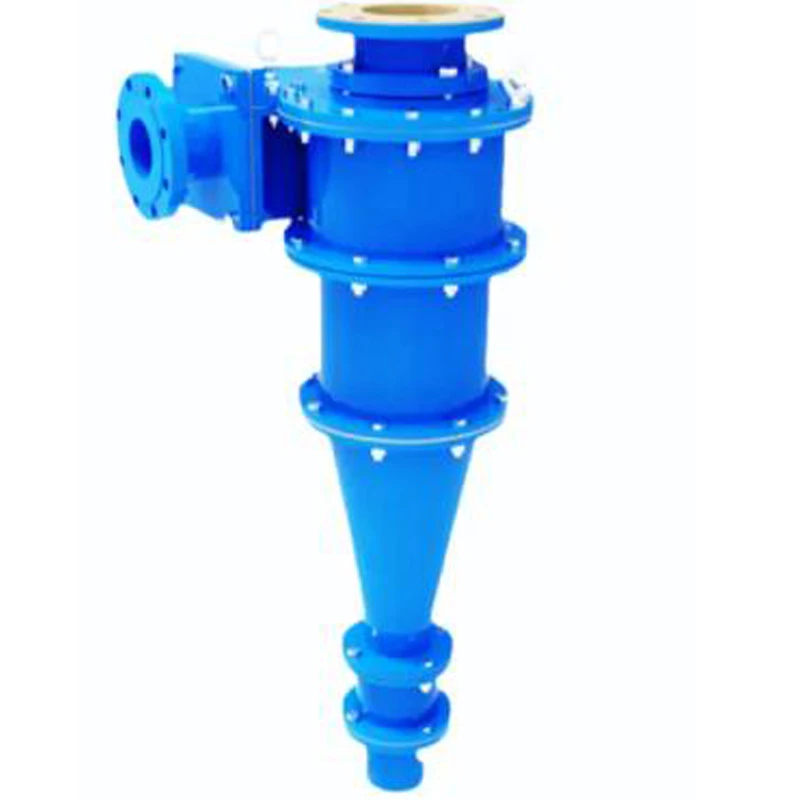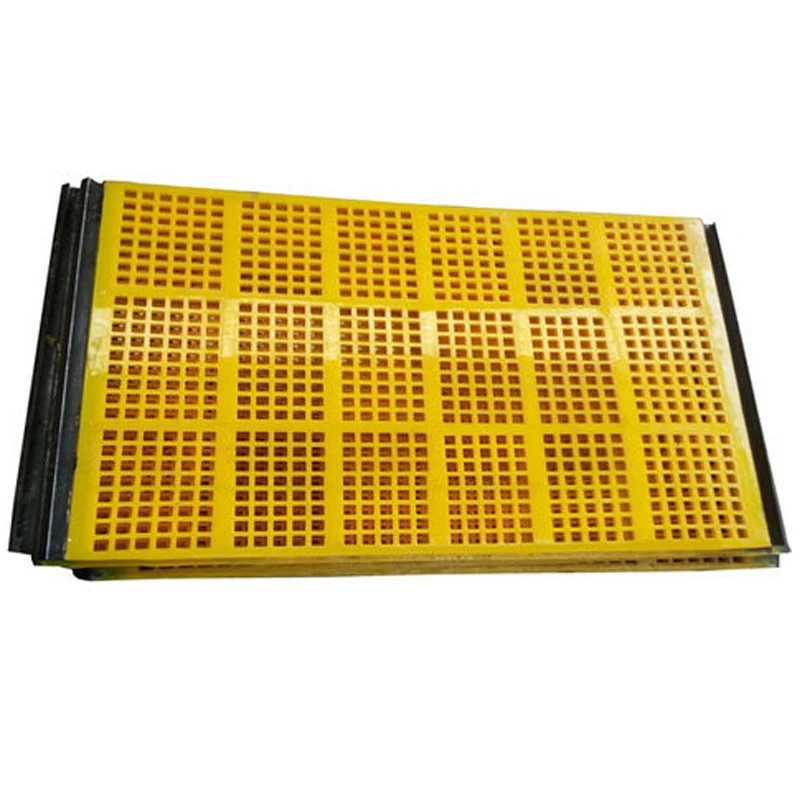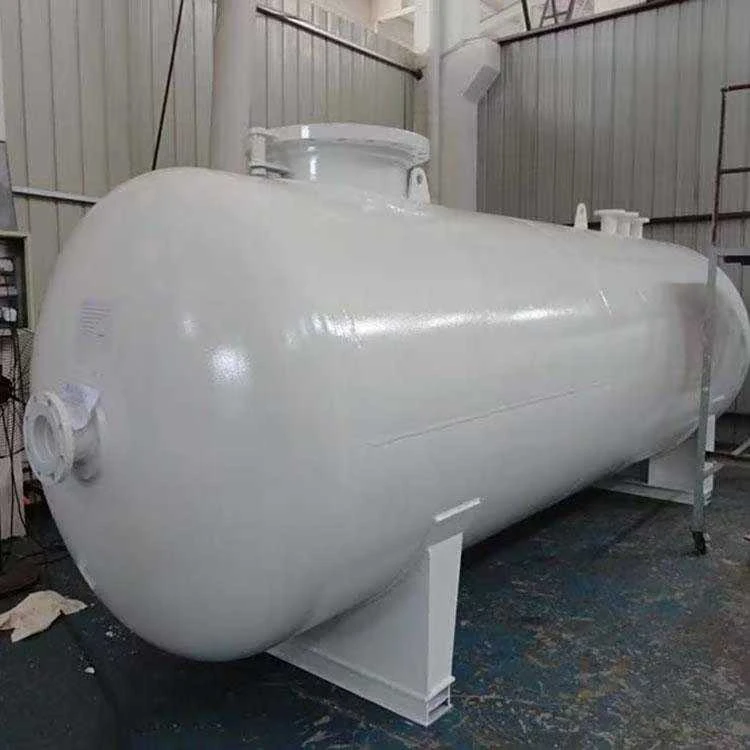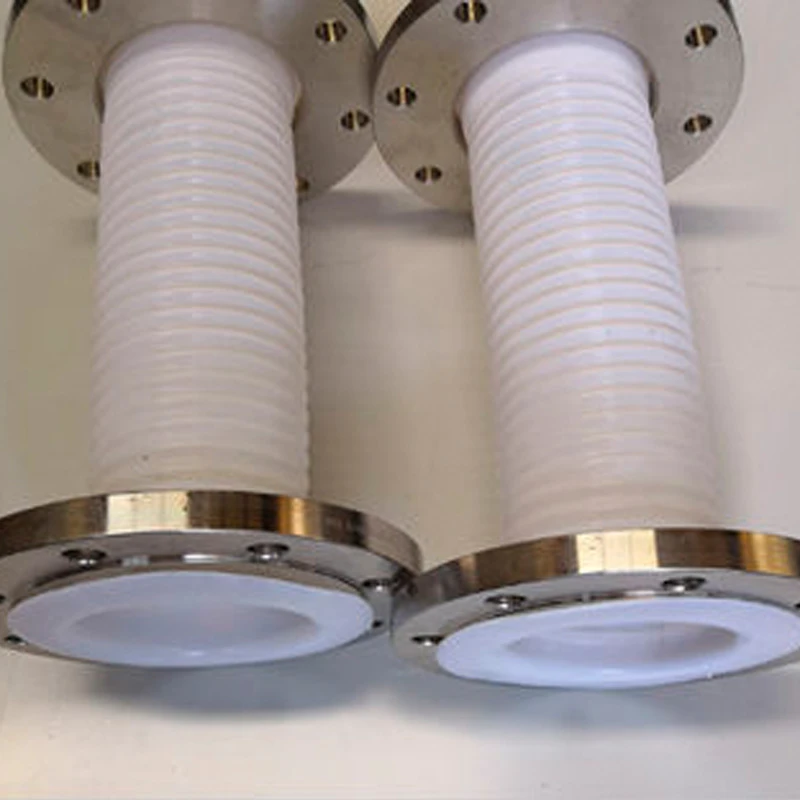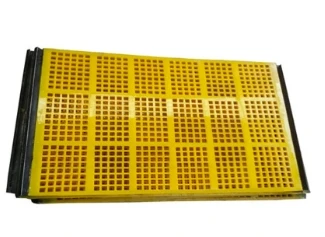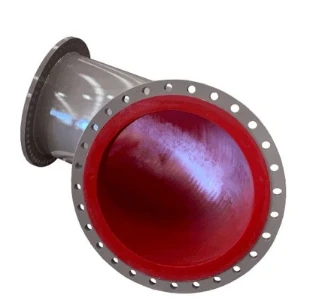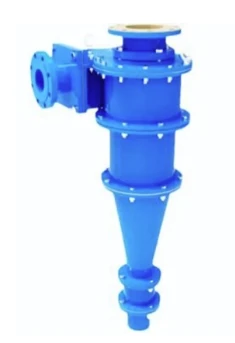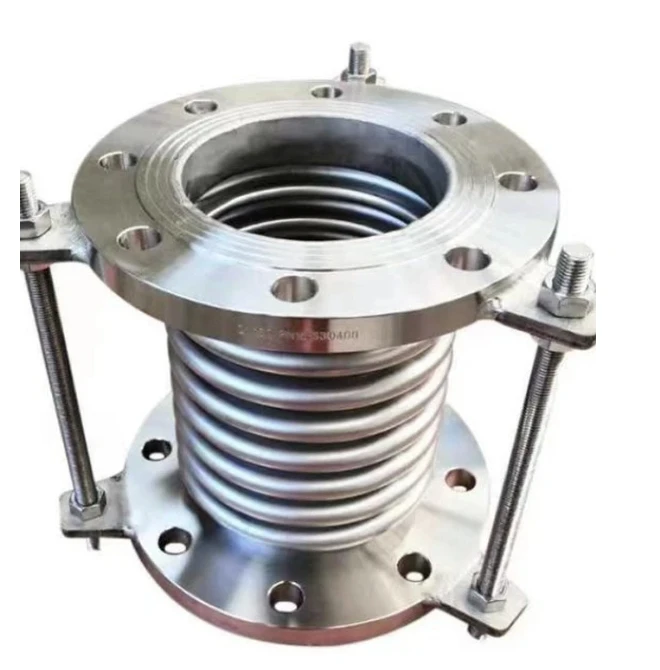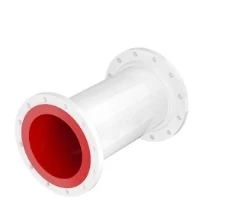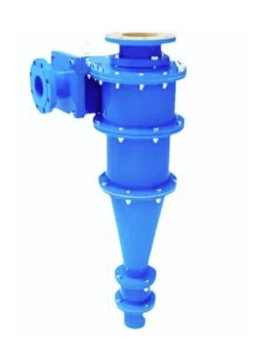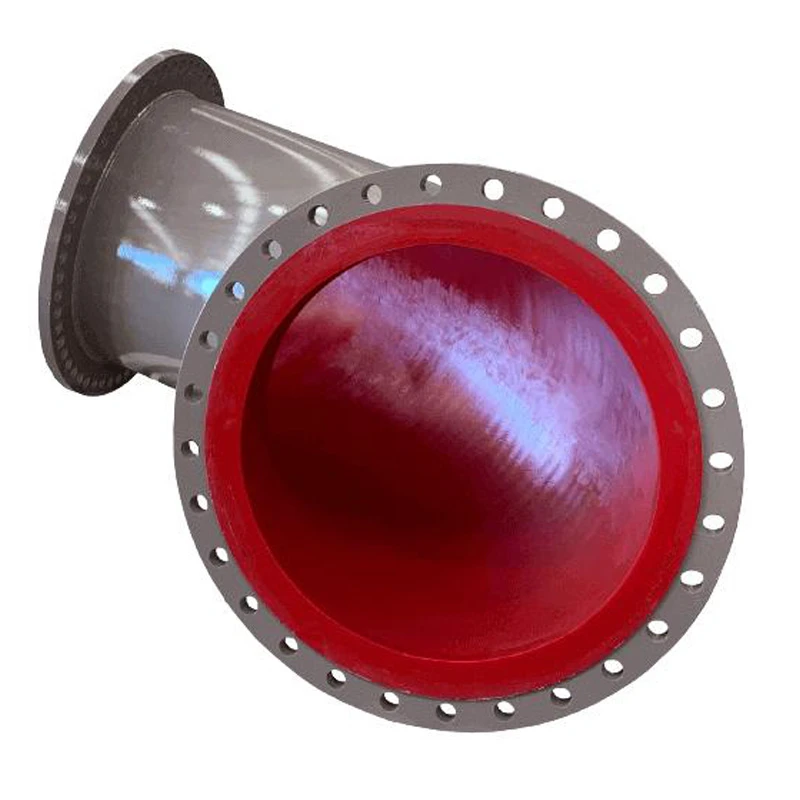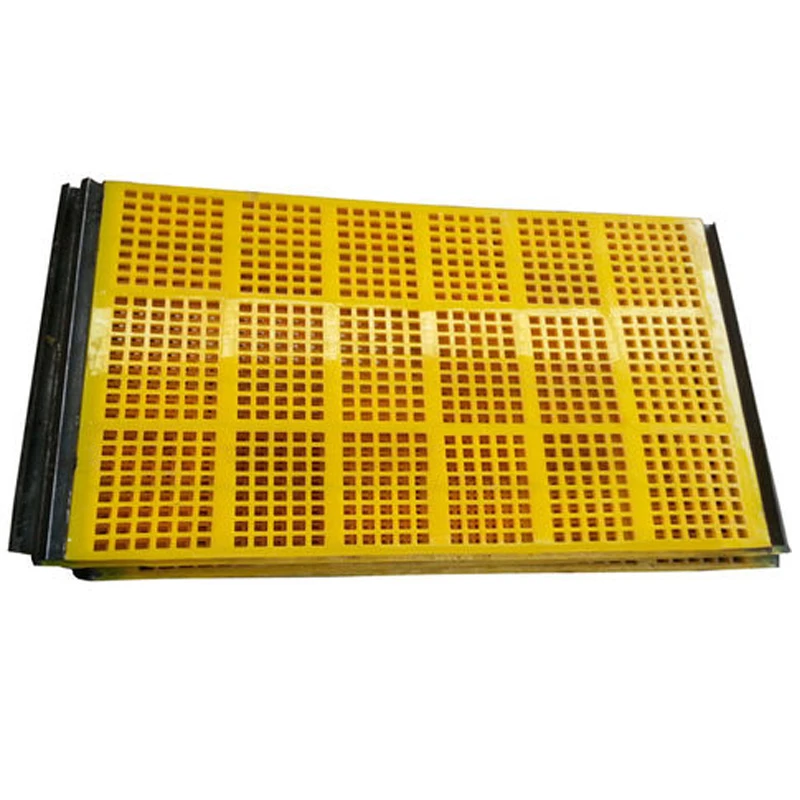Key Mineral Processing Screen Types Efficient Sizing Tech
Picture this: 15-25% of your potential mineral recovery vanishes because of inefficient screening. Did that number make you pause? Processing plants lose millions annually due to outdated or ill-matched screening equipment.
CRITICAL FACT │ Industry data shows plants using advanced screening solutions achieve 92-96% efficiency rates compared to 65-75% with basic setups. That efficiency gap translates to an average revenue loss of $120-$250/ton in high-value mineral operations.
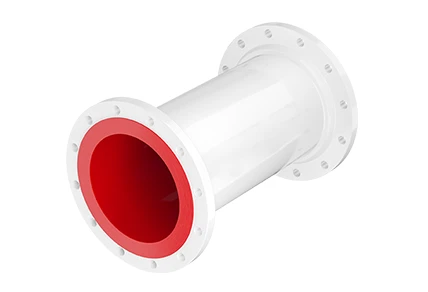
(types of screens in mineral processing)
Why Your Screen Type Makes or Breaks Mineral Processing
Choosing the wrong screen is like using a fishnet to filter sand—it'll either clog constantly or let valuable materials escape. The right technology transforms your mineral processing efficiency.
What if you could reduce your energy costs by 30% while increasing throughput by 22%? The mining operations we've partnered with achieved exactly this.
Vibration pattern matters more than you realize. Advanced screens adjust amplitude and frequency to match material characteristics. This adaptability prevents blinding and pegging issues that plague standard models.
Want proof? Copper mines using dynamic adjustment screens saw downtime reduced by 60%. That's more operational hours producing revenue.
Breakthrough Screening Solutions for Every Mineral Challenge
You need solutions matched to your unique materials. One size fits none in mineral processing.
| Screening Technology | Best Suited Materials | Throughput Capacity | Moisture Tolerance |
|---|---|---|---|
| High-Frequency Vibrating Screens | Fine particles (<6mm) - coal, iron ore, salt | Up to 1500 TPH | Low (5-7% max) |
| Gyratory Screens | Coarse & abrasive - granite, quartz, basalt | Up to 5000 TPH | High (12-15%) |
| Trommel (Rotary) Screens | Sticky/clay-heavy - gold ore, bauxite, phosphate | Up to 800 TPH | Exceptional (>20%) |
| Banana Screens | Multi-size fractions - copper, lead-zinc ores | Up to 2500 TPH | Moderate (8-10%) |
See how a silica sand operation tripled classification efficiency after switching to banana screens? Their +18% yield in premium-grade material paid for the upgrade in under 6 months.
Synergy Spotlight: Matching Screens with Crushers
Your screen-crusher partnership is critical. Like gears in a watch, they must work perfectly together.
Jaw crushers demand scalping screens that handle large feed sizes without clogging. Cone crushers require precise intermediate screening. Our engineering teams solved this puzzle for over 27 mineral types.
Gold mine case study: By matching gyratory crushers with high-capacity banana screens, they reduced recirculation load by 35%. This significantly decreased energy consumption per processed ton.
The screen isn't just another machine. It's the decision-maker determining what material your crushers process and how efficiently they operate.
Precision Solutions Engineered For Your Operation
Why settle for off-the-shelf? Our engineers design solutions tuned precisely to your mineral characteristics, moisture levels, and capacity requirements.
Our patented DuraDeck® panels resist wear up to 3x longer than standard screens in highly abrasive environments. This means fewer shutdowns for replacements.
Wet screening challenges? Advanced self-cleaning technology prevents material buildup even with 14% moisture content. Don't let clay-rich ores dictate your production limits.
Customization advantage: Adjustable stroke, throw angles, and vibration patterns ensure peak performance as your deposit characteristics evolve through different mining phases.
Ready for Your Efficiency Transformation?
Over 150 mines worldwide boosted productivity by 22-40% with our screening solutions. Your competitors are already acting.
Our mineral processing specialists will diagnose your current setup and deliver a custom optimization plan.
UPGRADE YOUR SCREENING SYSTEM NOWSchedule your free operational assessment → Lock in 2024 installation discounts!
Maximize mineral recovery. Minimize operational costs. PremiumScreening™ Solutions by GlobalMinTech Inc. ©2024
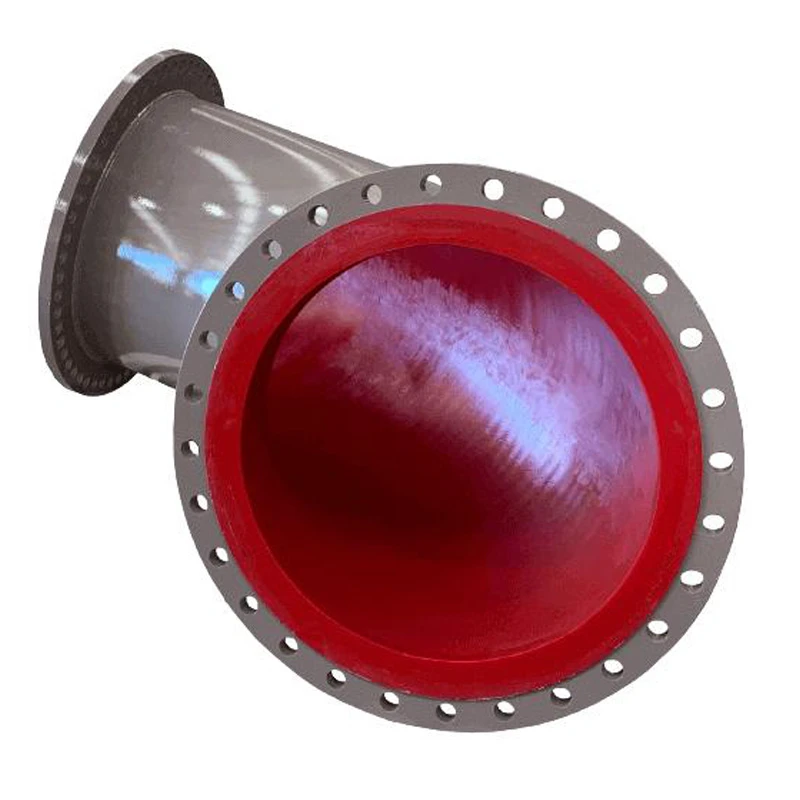
(types of screens in mineral processing)
FAQS on types of screens in mineral processing
Q: What are the common types of screens used in mineral processing?
A: Key types include vibrating screens for particle separation, trommel screens for coarse material classification, and banana screens for high-capacity grading. These efficiently sort minerals by size.
Q: What distinguishes fixed screens from other mineral processing screens?
A: Fixed screens have stationary surfaces for simple scalping or dewatering applications. Unlike vibrating or rotary screens, they require no external power but handle lower volumes of material.
Q: How does mineral processing classify different methods?
A: Major types include physical separation (screening, gravity), chemical processing (leaching), and magnetic/electrostatic methods. Each targets specific mineral properties.
Q: What crusher types process minerals in raw ore stages?
A: Primary crushers like jaw crushers break large rocks, while gyratory crushers handle abrasive ores. Secondary cone crushers further reduce size for downstream processing.
Q: Why combine screening with crushing in mineral processing?
A: Screens remove fine particles pre-crushing to boost efficiency, while post-crush screening ensures size uniformity. This tandem reduces energy waste and optimizes equipment use.
Related Products
Our main products are polyurethane lined pipes, mining equipment fittings and metal hoses.




